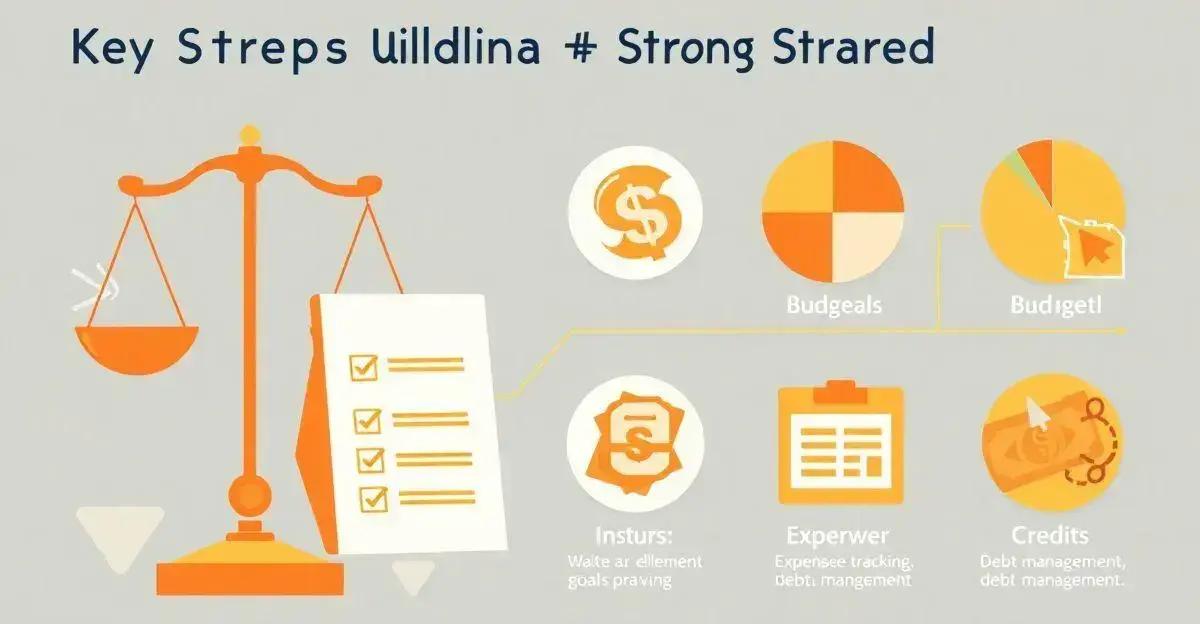Are you tired of living paycheck to paycheck, struggling to make ends meet? A budget planning guide can be your ticket to financial freedom.
By understanding your financial situation, setting realistic goals, and creating a comprehensive plan, you’ll be well on your way to achieving financial stability.
In this guide, we’ll walk you through the process of creating a personalized budget plan, from tracking your expenses and income to managing debt and credit.
With these simple yet effective strategies, you’ll be able to take control of your finances and start building a brighter financial future.
Understanding Your Financial Situation
In order to effectively plan your budget, it’s essential to have a clear understanding of your financial situation. Start by gathering all of your financial documents, including pay stubs, bank statements, and credit card bills.
You should also calculate your net worth by subtracting your total liabilities from your total assets.
Next, identify your income sources, including your primary job, any side hustles, and investments.
Finally, track your fixed expenses, such as rent or mortgage, utilities, and minimum payments on debts.
By getting a comprehensive picture of your financial situation, you’ll be better equipped to make informed decisions about your budget and set realistic financial goals.
Setting Financial Goals

Setting Financial Goals is a crucial step in the budget planning process. Start by identifying what you want to achieve, whether it’s paying off debt, building an emergency fund, or saving for a specific purpose. Make sure your goals are Specific, Measurable, Achievable, Relevant, and Time-bound (SMART). Write down your goals and track your progress.
Consider breaking down large goals into smaller, manageable tasks to help you stay focused and motivated. Additionally, prioritize your goals by categorizing them as short-term, medium-term, or long-term to ensure you’re making progress towards your financial objectives.
Creating a Budget Plan
A budget plan is a detailed outline of your income and expenses, providing a roadmap for achieving your financial goals.
To create a budget plan, start by categorizing your expenses into needs (housing, food, utilities), wants (entertainment, hobbies), and debt repayment.
Next, identify areas where you can cut back on unnecessary expenses and allocate that money towards your goals.
Consider using the 50/30/20 rule: 50% of your income towards needs, 30% towards wants, and 20% towards debt repayment and savings.
You can also use a budgeting app or spreadsheet to track your expenses and stay on track.
Remember to regularly review and adjust your budget plan to ensure you’re staying on course towards your financial objectives.
Tracking Expenses and Income

Accurate expense tracking is crucial for achieving financial stability. Start by collecting receipts and bank statements to get a clear picture of your income and expenses. You can also use budgeting apps or spreadsheets to make tracking easier.
Categorize your expenses into needs (housing, food, utilities), wants (entertainment, hobbies), and debt repayment. Regularly review your expenses to identify areas where you can cut back and allocate that money towards your financial goals.
Additionally, track your income by monitoring your paychecks, bonuses, and any other sources of income. This will help you stay on top of your finances and make informed decisions about your budget.
Managing Debt and Credit
Managing debt and credit requires a strategic approach to avoid financial pitfalls. Start by prioritizing your debts, focusing on high-interest debts first.
Consider consolidating debt through a balance transfer or debt consolidation loan. Make timely payments and avoid late fees.
For credit, monitor your credit report regularly, disputing any errors or inaccuracies. Keep credit utilization below 30% and avoid applying for multiple credit cards or loans in a short period.
Additionally, consider building an emergency fund to avoid going into debt when unexpected expenses arise. By managing debt and credit responsibly, you’ll be better equipped to achieve your financial goals and maintain long-term financial stability.
Maintaining a Long-Term Financial Plan

Maintaining a long-term financial plan requires discipline and consistency.
Regularly review your budget and financial goals, making adjustments as needed.
Consider implementing a pay-yourself-first approach, setting aside a portion of your income for savings and investments.
Additionally, prioritize building an emergency fund to cover 3-6 months of living expenses.
Continuously educate yourself on personal finance and investing, making informed decisions to achieve your long-term financial objectives.
By staying committed to your financial plan, you’ll be better equipped to achieve financial stability and security over the long term.
Frequently Asked Questions about Budget Planning Guide
What is the importance of understanding my financial situation?
Understanding your financial situation is crucial to creating a budget plan that works for you. It helps you identify areas where you can cut back and allocate that money towards your financial goals.
How do I set financial goals?
Setting financial goals is a crucial step in the budget planning process. Start by identifying what you want to achieve, whether it’s paying off debt, building an emergency fund, or saving for a specific purpose.
What is the 50/30/20 rule and how does it apply to my budget?
The 50/30/20 rule is a simple guideline to allocate your income: 50% towards needs, 30% towards wants, and 20% towards debt repayment and savings. This rule helps you prioritize your spending and make informed decisions about your budget.
How do I track my expenses and income?
Tracking your expenses and income is crucial to staying on top of your finances. You can use budgeting apps, spreadsheets, or simply keep track of your receipts and bank statements to get a clear picture of your financial situation.
How do I manage debt and credit?
Managing debt and credit requires a strategic approach. Prioritize your debts, focus on high-interest debts, and consider consolidating debt through a balance transfer or debt consolidation loan.
How do I maintain a long-term financial plan?
Maintaining a long-term financial plan requires discipline and consistency. Regularly review your budget and financial goals, make adjustments as needed, and prioritize building an emergency fund and investing for the future.



